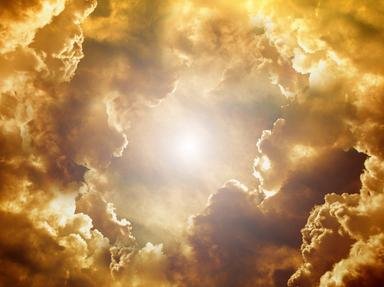Quiz Answer Key and Fun Facts
1. Our sun is called "Sol". Sol is the name of the Greek sun god.
2. Alchemists used a symbol for Sol. The symbol is still in use, especially by astrologers. What is it?
3. Sol's energy is being produced by nuclear fusion reactions. Every second Sol converts 600.000.000 tons of hydrogen into helium and energy. How much of this is converted into energy?
4. The energy released from the core is in form of gamma rays. On the way out through Sol, the energy changes to primarily light. How is the energy being transferred from the core to the surface?
5. Sol's surface is called the photosphere, and is dotted by sunspots. The number of Sol's sunspots follows a cycle. How long is this cycle?
6. Above the photosphere is the chromosphere and above that, the corona. Sometimes Sol sends out big, bright fire loops reaching high up into the corona. What is this called?
7. Sol sends out electromagnetic rays, mostly infrared and visible light. But it also sends out charged particles from its corona. This stream is known as the solar wind. Is it in any way possible to see/feel/hear/notice the solar wind down on Earth?
8. According to theory, Sol started out as a nebula, a cloud of dust. The cloud compressed into a Bok globule which, by the help of gravitation, collapsed. The globule then differentiated into a protoplanetary disk and the forming of the planets began. Bok globules are named after a Dutch-American astronomer; who?
9. Sol has now been burning hydrogen for almost five billion years. How much of its hydrogen has Sol burned since its first nuclear reaction?
10. When Sol has burned out its hydrogen, it will start burning helium into heavier elements and swell up. After about one billion years of burning helium and swelling to a red giant star, it will suddenly collapse into what?
Source: Author
labich
This quiz was reviewed by FunTrivia editor
crisw before going online.
Any errors found in FunTrivia content are routinely corrected through our feedback system.
